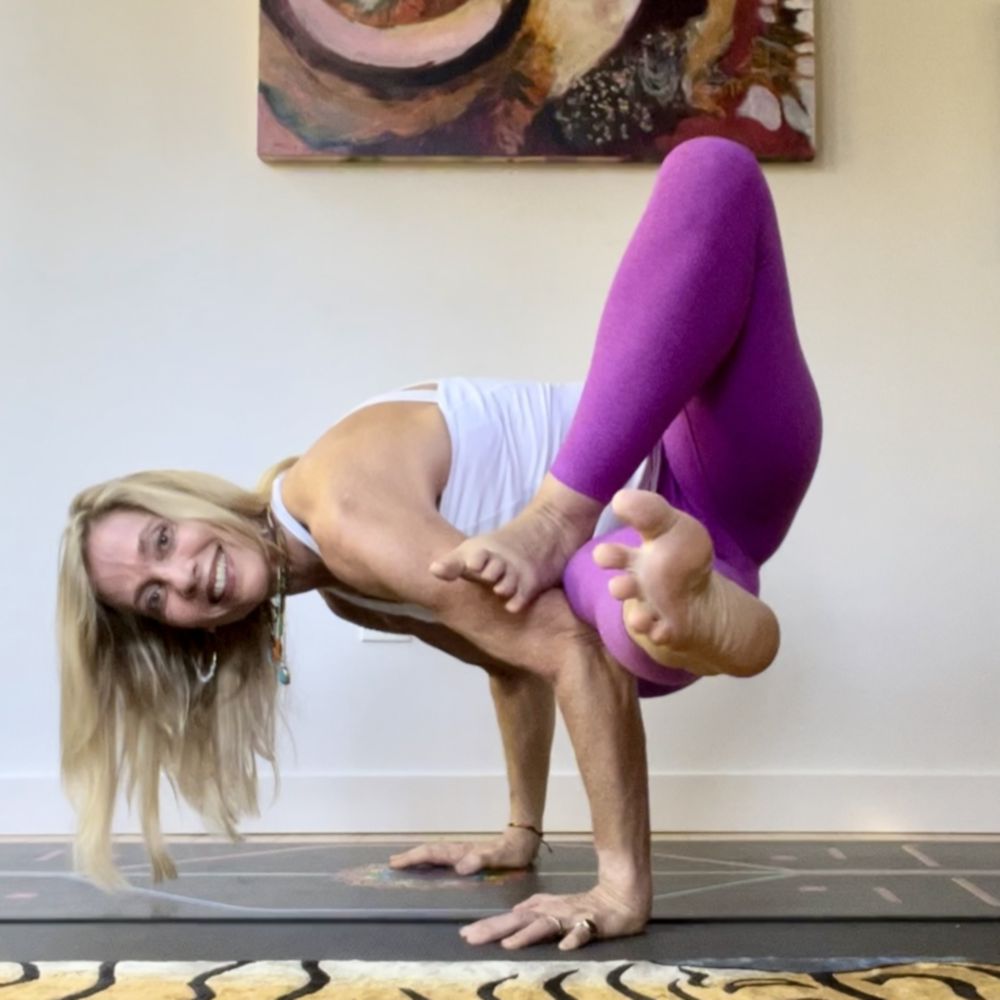I don’t know about you, but I really struggle with responding in a positive way when it feels like I don’t have any choices in a given situation. I know I don’t have control over every single aspect of my life, but I hate feeling like I don’t have a choice in a particular instance. I don’t even care if I’m choosing between two objectively terrible alternatives… I just want to feel like I have some kind of say in the outcome.
Apparently I’m not alone in this. According to psychologists, humans crave options, likely because we equate having choices with having control. Scientific researchers have found that a higher perceived sense of control is associated with lower self-reported levels of anxiety and depression. Or, put another way, when we feel powerless, we are also more likely to feel anxious, scared, or hopeless. One study from the London Business School found that having more choices “counterbalances feelings of powerlessness and also improves psychological well-being by giving people greater control over their lives.” The take-away message from available research seems to be this: having choices is important, both to our sense of identity and seeing ourselves as competent, capable agents, as well as to making us feel secure in the midst of uncertainty.
Admittedly, this is not always possible, and there are many things I have absolutely no control over, no say in, and no way to alter or influence. In fact, I can think of one or two such things I’ve had no control over since March 2020, and I bet you can too.
Now, while there is undeniable value in learning to accept the things we cannot change, based on the available research, there is also value in learning to see options where we might not have noticed them before. Cognitive reframing, usually referred to simply as reframing, is a powerful tool that can help us see something in a new way, offering us the possibility of gaining new understanding and insights.
In the classic work Change: Principles for Problem Formation and Problem Resolution, reframing is described as changing “the conceptual and/or emotional setting or viewpoint in relation to which a situation is experienced and [placing] it in another frame which fits the ‘facts’ of the same concrete situation equally well or even better, and thereby changing its entire meaning.” While reframing does not debate facts, it challenges (and may ultimately change) the resultant assumptions and inferences. A problem may become a challenge, something you’ve never done before may become something you’re learning to do, and a perceived impossibility may become a distant possibility.
To use an extreme and likely familiar example, consider Viktor Frankl, who survived years imprisoned in a concentration camp after losing his wife and family and watching those around him die. Frankl would have been well within his right to feel angry and resentful and to want nothing more than to shut out the world that failed to protect him. Instead, he used his horrific experiences as a teaching tool, giving lectures and writing books, sharing what he had endured so that others who had also experienced privation and hardship would know they were not alone. He used his suffering to inspire people to find hope within whatever challenging situations they might be facing and to take action to make the world a better, safer, and more equitable place.
One thing I want to be very clear about is that reframing is not refusing to admit a problem exists or pretending like something bad never happened. Reframing is recognizing a behavior or situation for exactly what it is, and then choosing how you will allow it to affect you moving forward. Reframing doesn’t mean you forget about something that happened; it’s about having choices in what you focus on and how you carry such knowledge with you as you move forward.
So, how do we use reframing in our everyday lives?
- Pay attention to the situations that make you feel powerless or helpless. If you write them down, you may be able to look back and notice a pattern over time.
- Notice what you think or say during the times you feel powerless. Do you tell yourself things like:
– I’ll never be able to do X.
– I’ve never been good at X.
– I just have to learn how to live with it.
– No one understands.
– It’s not fair! Other people I know don’t have to deal with this.
– If I just had more or less X, this wouldn’t be an issue.
– Why does this always happen to me? - Challenge your thoughts and words. Is what you’re telling yourself true and accurate? Or is it more reflective of your feelings than your actual reality? Consider these questions:
– Are there other explanations for what’s happening to me?
– Is it really true I have no control, or do I just have limited control?
– Is there even one small thing I can change about this situation?
– Is there something positive here I’m not seeing?
– Are there steps I can take to prevent this from happening again? - Shift how you view the issue.
– I can’t do it becomes I haven’t done it yet, but I can keep trying.
– This is so terrible, unfair, awful, etc. becomes You’re not alone. I went through something similar, too.
– Things will never get better becomes What is one thing I can do today to make myself happy?
Reframing won’t make all of your problems go away, but it might help you cope with them better and recognize where you do have the power to make choices or bring about change, even if it’s just within the confines of your own mind.

















One reply on “How to See Things Differently: Reframe to Regain Control”
Nice article Katie! I love Viktor Frankl”s book Man’s Search for Meaning. It should be required reading for all.